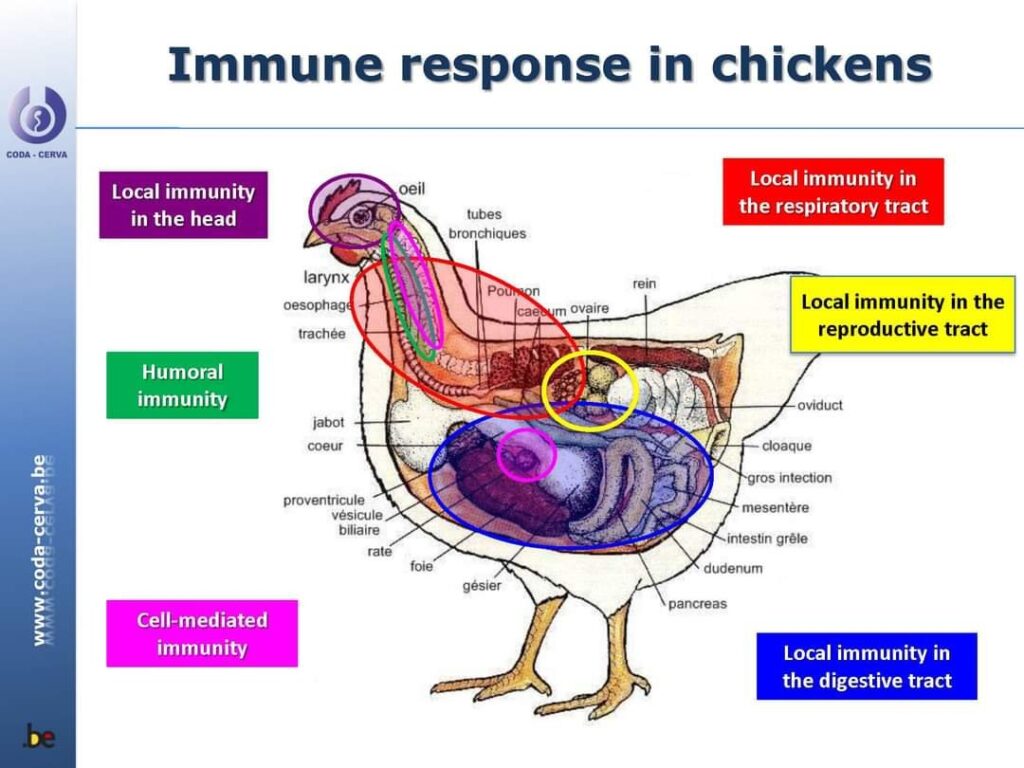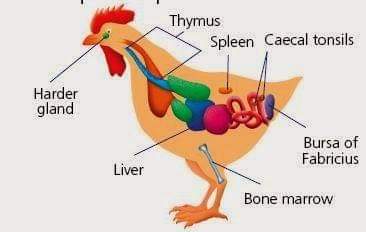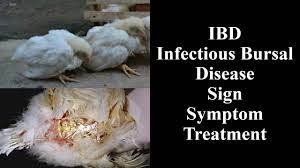BASIC PREVENTION AND CONTROL OF INFECTIOUS BURSAL DISEASE (IBD/GUMBORO) IN POULTRY PRODUCTION
DR.Maninder Nath Bhararti,Poultry consultant.
Infectious bursal disease also known as Gumboro is an acute and highly contagious disease of young chickens, usually 3-6-week-old chickens. It is caused by a virus known as the infectious bursal disease virus (IBDV). This virus belongs to the avibirnavirus family and can survive for months in contaminated farms thereby constituting a big threat to the farms. Once the virus gain entry into the system of a bird, it affects the tissues of the immune system, especially the bursa of Fabricius (BF) organ, resulting in immunosuppression and susceptibility to other infections, such as E. coli, Salmonella, Mycoplasma, coccidia, Marek’s disease and others. Till date, the chicken is considered the only species in which natural infection occurs.
TRANSMISSION
The mode of transmission is primarily through the fecal-oral route (occurs when bacteria or viruses found in the stool of one chick are swallowed by another). Feed, water and litter from an infected house remain infective for a long time. Also, the virus is resistant to some disinfectants. However, there is no evidence for egg (vertical) transmission of IBDV.
Other Names:

Introduction
Infectious bursal disease (IBD) is an acute viral infection of young chickens (<17 weeks) that affects the lymphoid tissue, particularly the bursa of Fabricius.
Etiology
Infectious bursal disease is caused by a virus called infectious bursal disease virus (IBDV), which belongs to the avibirnavirus family. The virus is very hardy, can survive in a wide variety of environmental conditions, and is difficult to effectively decontaminate.
CLINICAL Signs AND LESIONS
Sudden increase in mortality Depression and ruffling of feathers
Poor or lack of appetite Trembling and severe prostration
Huddling,
Reluctance to rise
Whitish and watery diarrhoea
High morbidity

Symptoms







Post-mortem
In addition to clinical signs, birds will often have post-mortem lesions (identified upon autopsy) indicative of IBDV infection. The bursa of Fabricius is the main organ affected, showing swelling from






Diagnosis
History,
clinical signs, and
postmortem lesions are often enough to make
a diagnosis of IBD
Laboratory testing involves

Differential diagnoses include:




Strict adherence to biosecurity measures
Rigorous cleaning and disinfection between flocks are essential for minimizing potential disease spread
Vaccination is highly recommended.
Control




Treatment
There is no treatment.


Cautions (Gomboro vaccine)
- Vaccinate healthy fowl 7 days before or after the vaccination against Newcastle disease.
- Discontinue use of any disinfectants 24 hours before and after vaccination.
- Use natural cold drinking water for diluting the vaccine.
- Protect the vaccine from excessive light and heat.
- Use the entire contents without delay after rehydration.
- Incinerate the vaccine container and any unused contents.
- For Veterinary Use Only.




